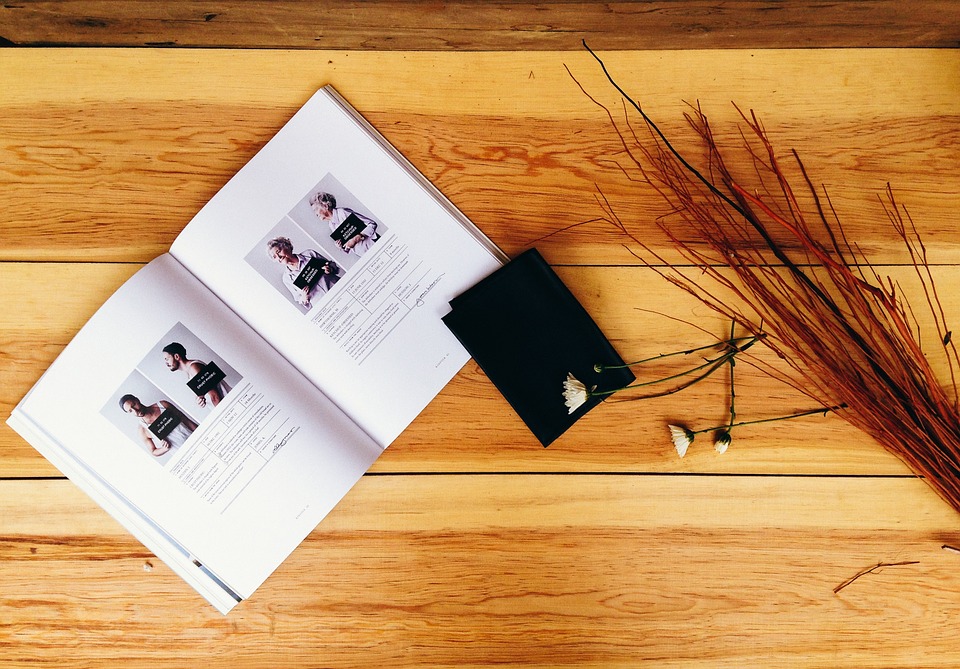
Family photo albums can help jog an elderly friend or relative’s memories, but consider taking the photo book idea one step further: Create a “memory book” that combines personal photos with brief family stories and historical information.
These can be used to help people struggling with memory loss, and give younger family members a window into older relatives’ lives.
Memory books are also useful in helping older people introduce themselves to caregivers and provide topics for conversation, says Ann Norwich, director of the adult gerontology nurse practitioner program at York College of Pennsylvania.
By illustrating and explaining details from the person’s past, Norwich says, the books cue caregivers and other visitors to ask better questions. That can prolong positive conversation.
——
WHERE TO START
You can make a memory book by hand with scrapbooking supplies, but creating one online might be more practical: It can be reprinted if it’s misplaced or damaged, and you can make copies for other family members.
Many websites, including Shutterfly.com and Blurb.com, offer templates for photo books. Choose one that offers page layouts with plenty of space for text.
The cost will vary depending on the length of the book, and the quality of the cover and paper.
——
CHOOSING YOUR SUBJECT
It’s helpful to narrow down your project to one subject — for instance, one decade in your relative’s life, or the various cities where they’ve lived. Consider what was important to your relative, perhaps asking other family members what memories might bring the most joy to your relative now.
One fun option: Focus on the events that happened in your relative’s life when they were in their 20s. Gwynn Morris, associate professor of psychology at Meredith College, says researchers have found that our clearest memories are those of early adulthood. This “reminiscence bump,” Morris says, may mean that an elderly relative can tell you book-worthy stories about their experiences as a teen or 20-something, even if they’re having trouble remembering more recent experiences.
You might also want to focus on moments when your friend or relative achieved something important to them or made a difference in the lives of others.
Whatever aspect of their life you choose to focus on, spend some time asking them questions and, with their permission, record the conversation. If they have photo albums, page through those with them and see if they can identify faces and places.
Then interview other family members about the same topic or era, and ask for any related photos they might have.
——
BEYOND PHOTOGRAPHS
Next, hunt for other elements to include. Along with photos, you might bring in scans or photos of a marriage license, diploma or ephemera such as a photo of a matchbook from a long-ago favourite restaurant.
Another bit of memory research that can help: Morris says gerontologists separate “episodic memory,” meaning memories from your personal life, from “semantic memory,” which is knowledge of historical facts and news. Research suggests that semantic memories stay with people longer than personal, episodic memories.
Cuing those semantic memories of what was going on in the world during a particular era can help trigger more personal memories from that time. So if you’re creating a memory book for your grandmother about her life in the 1950s, research historical events then. Search online for news stories and photographs (the Smithsonian’s online archive is one of many sources of historical photos in the public domain).
——
LAYING IT ALL OUT
Once you’ve gathered all your raw material, translate your interviews and research into paragraphs that will reconnect your friend or relative with their past and accomplishments. It can be helpful to use shorter sentences and keep stories brief, especially if your loved one is beginning to have trouble following a narrative.
Then cull through the photos and paperwork you’ve gathered to find the best visuals to tell your stories. Take time laying out the paragraphs and images on the templated pages, making sure you’re not packing too much information into each page. Ideally, the memory book will delight your relative but not overwhelm them.
Finally, choose a particularly good photograph to include on the cover, then proofread your project to make sure it’s perfect before ordering printed copies.